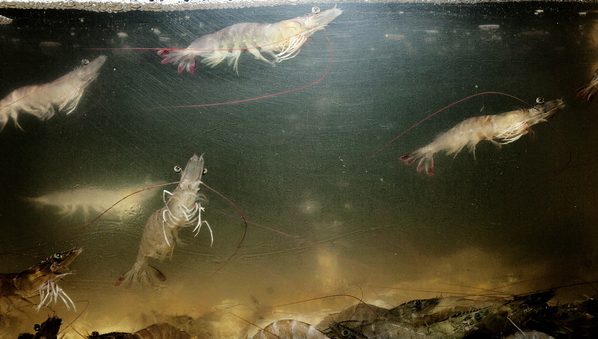Reintroducing prawns to lakes and rivers in which they have been partially or fully lost may be a sustainable way of controlling the parasitic disease schistosomiasis, which kills more than 200,000 people every year in Sub-Saharan Africa alone, says a study.
Researchers have found some native prawns to be voracious predators of the freshwater snails that transmit schistosomiasis parasites and so could be used as a biological control, they report in a study in press in Acta Tropica.
Field tests are under way in Senegal, and researchers suggest that farming the edible prawns could help local populations cut disease while also providing an additional source of income.
“Prawns may offer a simple and affordable transmission control solution in rural poor communities where few alternatives exist and drug treatment is failing to achieve long-term disease reductions,” the study says.
People get infected from contact with water containing schistosomiasis parasites, which are released by infected snails.
Although people who carry schistosomiasis can be treated with the drug praziquantel, reinfection from fresh exposure to infested waters hampers disease control and eradication.
In laboratory experiments, researchers based in the United States set out to measure the rate at which prawns eat uninfected snails. They found that they consume an average of 12 per cent of their body weight in snails each day.
The researchers also found that young prawns that are still growing are more efficient at controlling snail numbers than large, fully-grown prawns. The larger prawns ate more snails but the smaller ones were more efficient as they ate more snails per gram of body weight and fed on snail eggs and hatchlings, too, the study shows.
These results support the idea of the aquaculture of native prawns, and their reintroduction to freshwater bodies where their numbers have fallen, the authors say.
When prawns are too small to be sold at market they are “high-efficiency snail killers”, says Susanne H. Sokolow, lead author of the study and a researcher at Stanford University in California. “When they grow and their efficiency declines, we can harvest them.”
Source: All Africa


